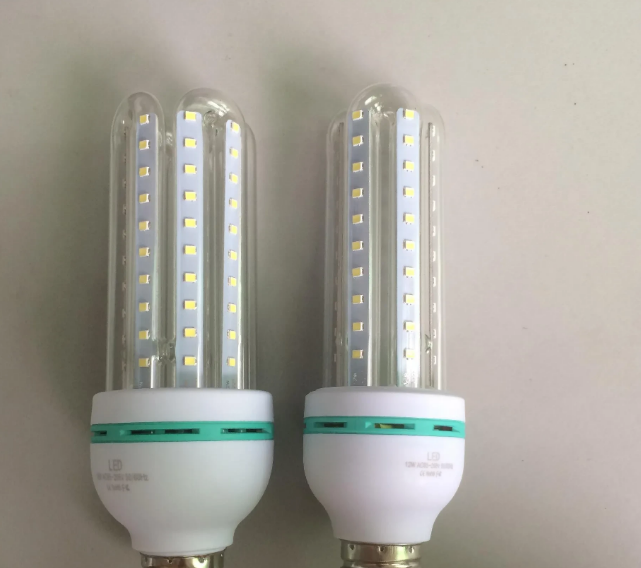1. Vulcanization, chlorination and bromination
When the silver plating layer on the LED support touches sulfur-containing gas, silver sulfide will be generated; when touching acidic nitrogen-containing chlorine and bromine gas, light-sensitive silver halide will be generated, which will lead to blackness and failure of the light source. Light source sulfur/chlorine/bromine in pixel led strip light source and lamps production, storage, aging, use of each link is likely to occur.
After the light source blackening is confirmed as sulfur/chlorine/bromine, the customer should choose a detailed sulfur removal plan according to the link of sulfur/chlorine/bromine attack. At present, the sulfur/chlorine/bromine testing items introduced include: sulfur/chlorine/bromine in lamps (including built-in power supply), sulfur/chlorine/bromine in lamps (excluding power supply), sulfur/chlorine/bromine in power supply, sulfur/chlorine/bromine in auxiliary materials, sulfur/chlorine/bromine in packaging workshop, sulfur/chlorine/bromine in lighting workshop, and sulfur/chlorine/bromine in reflow welding workshop. Because sulfur/chlorine/bromine gas will penetrate into the light source through the silica gel or bracket gap, the air tightness check plan is also introduced to further assist customers to improve the source requirements.

Step 2: Oxidation
In the high temperature and humidity environment, silver will easily react with oxygen and generate black silver oxide. Xinqin Lighting in the diagnosis of black light source for silver plating layer oxidation, will advocate customers to further do the light source and lamps air tightness check, eradicate moisture penetration way.
3. Carbonization
To talk about the experience, LED light source six raw materials (chip, bracket, solid crystal adhesive, bonding line, phosphors, packaging adhesive) data shortcomings and three packaging technology (solid crystal, wire, glue) shortcomings may lead to elevated temperature of the light source, the formation of part or all of the light source black, light source carbonization. Unreasonable heat dissipation planning, low thermal conductivity of heat dissipation data, unreasonable power supply planning and too numerous defects of reflow welding will also form the carbonization of light source. Therefore, when the cause of the beginning of the diagnosis of light source blackness is carbonization, will advocate customers to take the LED light source or lamp failure analysis road, the light source/lamp anatomy, to find out the shortcomings or elevated thermal resistance history.
4. Chemical incompatibility
LED light source blackening may also be formed because of chemical pollution. This blackening phenomenon will usually appear in sealed lamps with sparse or no air activity. When it is confirmed that the blackening of the light source is caused by a chemical compatibility problem, the customer will be advised to check the chemical incompatibility of the materials used in the lamp to find out the incompatible materials with the light source. often encountered problems. However, the blackening of the light source is only the appearance of vulcanization, chlorination, bromination, oxidation, carbonization and chemical incompatibility and different reasons will lead to the blackening of the LED light source.
Due to the lack of professional detection equipment and personnel, most LED companies generally rely on experience and conjecture when doing blackening failure analysis, lack of scientific detection data. In view of this phenomenon, the introduction of LED strip light source blackening started to diagnose the affairs, aiming at helping customers quickly, low-cost, accurate qualitative LED strip light source blackening causes (in the end is curing, chlorination, bromine, oxidation, carbonization, or chemical incompatibility?) At the same time, according to the LED light source blackening failure analysis road map, customers provide additional solution plan to find out the problem.
